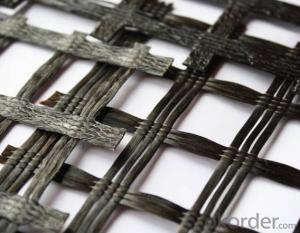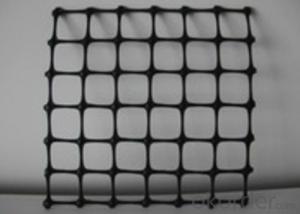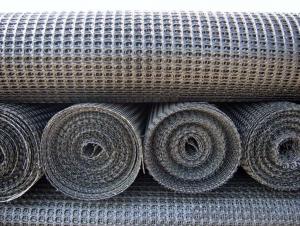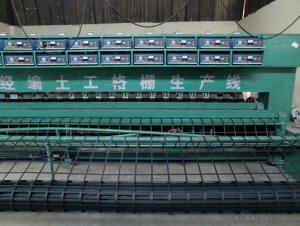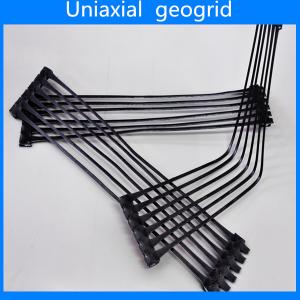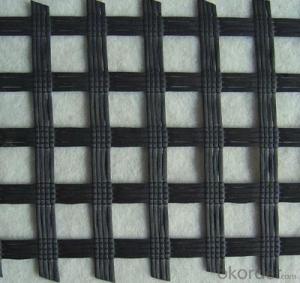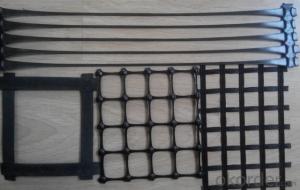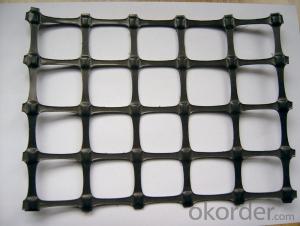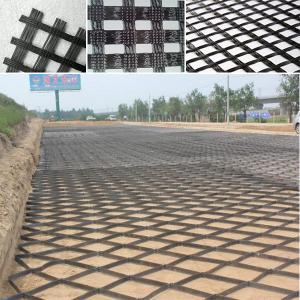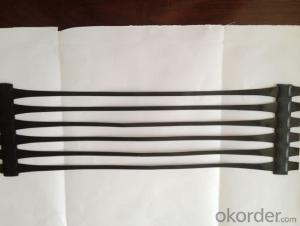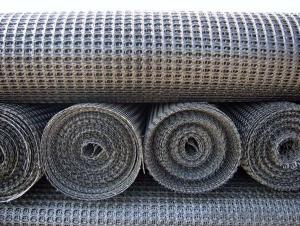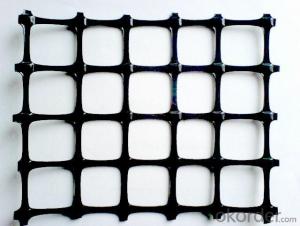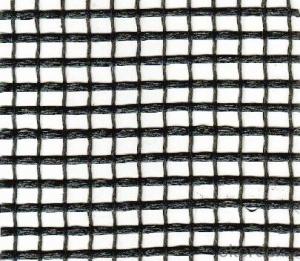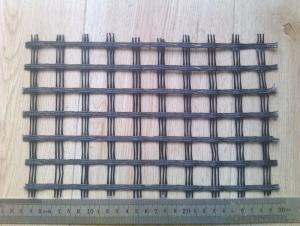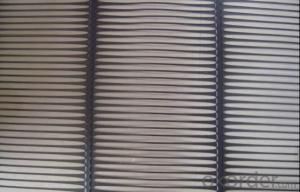Sbx 11 Geogrid
Sbx 11 Geogrid Related Searches
Sbx12 Geogrid Rx 1100 Geogrid Bx 1200 Geogrid Rx1200 Geogrid Geogrid Bx1100 3xt Geogrid Plaxis Geogrid Tensar Ux Geogrid Triax Geogrid Tensar Bx 1200 Geogrid Tenax Geogrid 5xt Geogrid Tensar Bx1100 Geogrid Biaxial Geogrid Bx1100 Synthetic Geogrid Geogrid Machine Gmb Geogrid Geogrid Layer Extruded Geogrid Nx750 Geogrid Interax Geogrid Tensar Bx1100 Biaxial Geogrid Nx850 Geogrid Miragrid 3xt Geogrid Geogrid Triax Srw 3 Series Geogrid Geogrid Viewer Multiaxial Geogrid Tensar Bx1200 Geogrid Sgu 60 GeogridSbx 11 Geogrid Supplier & Manufacturer from China
SBX 11 Geogrid is a type of geosynthetic material designed to provide reinforcement and stabilization to various civil engineering projects. This product is manufactured using high-quality, durable materials that ensure its effectiveness in various applications. It is engineered to enhance the load-bearing capacity of soil and resist deformation, making it an ideal solution for a wide range of construction and infrastructure projects.The SBX 11 Geogrid is widely used in applications such as road construction, railway embankments, slope protection, and soil reinforcement. It is particularly beneficial in situations where soil conditions are weak or unstable, as it helps to distribute loads evenly and prevent soil erosion. By incorporating SBX 11 Geogrid into a project, contractors can achieve improved stability, reduced material requirements, and increased durability, ultimately leading to cost savings and a more sustainable outcome.
Okorder.com is a reputable wholesale supplier of SBX 11 Geogrid, offering a vast inventory of this high-performance geosynthetic material. With a commitment to quality and customer satisfaction, Okorder.com ensures that each order is supplied promptly and accurately, meeting the specific needs of various construction and engineering projects. By partnering with Okorder.com, customers can access the SBX 11 Geogrid they require, backed by the company's expertise and dedication to providing top-notch products and services.
Hot Products


